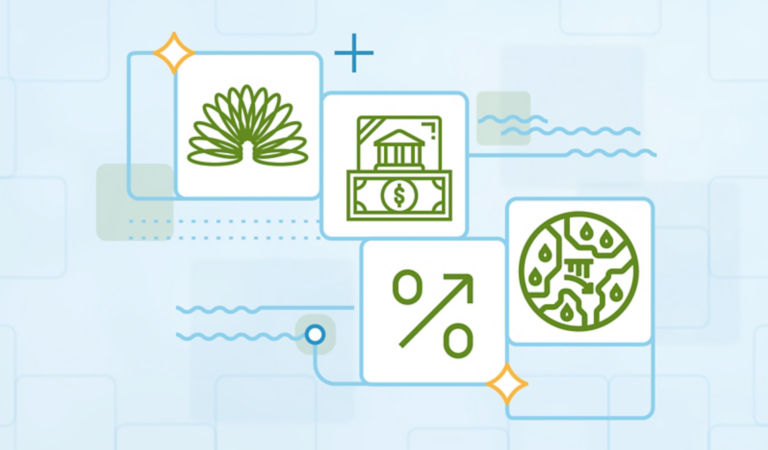Expect range-bound yields
Inflation will continue to play a crucial role in determining the direction of interest rates and the performance of credit sectors. In the absence of major shocks, stable inflation should lead to lower interest-rate volatility, with US Treasury yields remaining relatively stable. Current yields in most developed markets offer an opportunity for investors to move out of cash. While money market rates are appealing, many bond portfolios currently offer higher yields than cash.
Furthermore, there are risks to staying in cash, such as reinvestment risk and duration risk. By reinvestment risk, we mean that short-term rates can drop quickly, particularly during economic slowdowns, forcing cash investors to reinvest at lower, less attractive rates. Duration risk is the risk that cash investors assume by keeping their investments in short-duration bonds. Falling interest rates typically lead to capital appreciation in longer-duration bonds, which cash investors would miss out on.
High-quality fixed income has typically played a valuable role in diversifying investors’ portfolios. Longer-maturity bonds often serve as a counterbalance to stocks, historically rising in value during periods of stock market declines.
Maintain a conservative credit risk posture
Spreads across most fixed income sectors remain compressed relative to history, with limited potential for further tightening. We expect moderate economic growth and strong corporate fundamentals. Economies have been more resilient to higher rates than in previous tightening cycles. We do not foresee the significant spread widening typical of downturns but expect periods of weakness that will present opportunities to add risk. Elevated yields will likely continue to attract demand for fixed income. Dispersion in valuations among fixed income sectors and regions will present opportunities for alert investors to take advantage of market dislocations.
Seek value beyond traditional credit markets
Some credit market sectors that we have historically favored offer less value currently. Investment-grade and high-yield corporate credit spreads are narrow, and spreads on hard-currency (i.e., US-dollar- and euro-denominated) emerging market sovereign bonds are at historically tight levels. Subordinated debt from European banks (contingent convertibles or “CoCos”) has performed well but offers less favorable risk/reward now.
We see better opportunities in securitized sectors tied to the US consumer and housing market. True convertible bonds (distinct from CoCos) are likely attractive due to their equity-linked performance, which can allow them to outpace corporate bonds with tight spreads in bullish scenarios. Figure 2 illustrates potential excess return forecast scenarios.














Monthly Market Review — August 2024
A monthly update on equity, fixed income, currency, and commodity markets.
By
Brett Hinds
Jameson Dunn